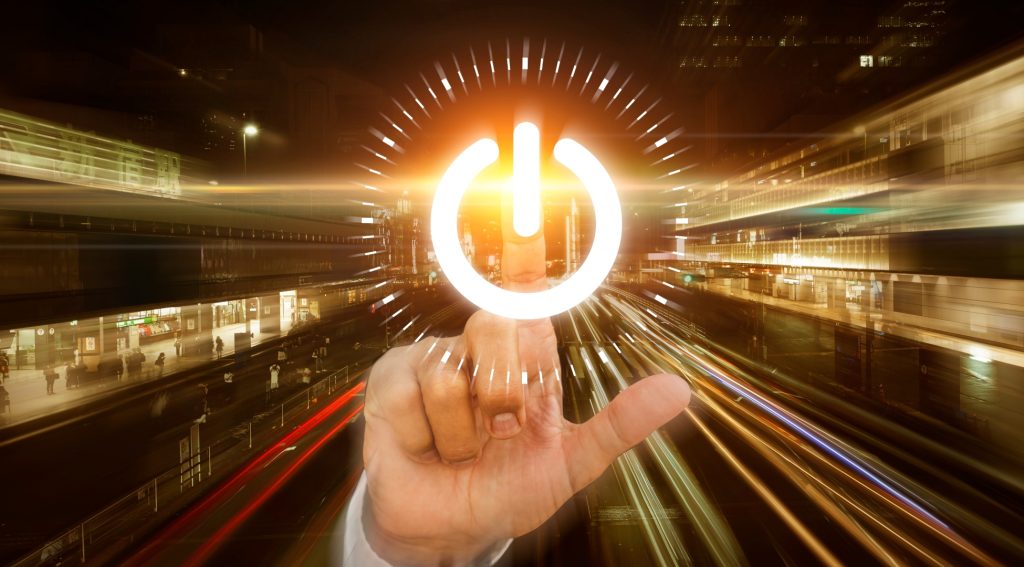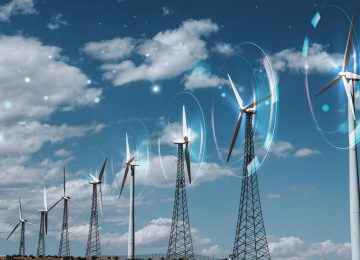India’s ambitious India Energy Stack or IES has received backing from the International Energy Agency (IEA).
The initiative, a pioneering Digital Public Infrastructure (DPI), aims to revolutionize the country’s power sector.
The IES will introduce unique digital identifiers for consumers, assets, and transactions, enabling real-time, consent-based data sharing and open APIs for seamless system integration. This is expected to empower consumers with greater access to information and participation in energy markets, while also facilitating the integration of renewable energy sources and electric vehicles into the grid.
On cards is a 12-month proof-of-concept for the Utility Intelligence Platform (UIP), a modular, analytics-driven application built on the IES architecture. The platform will demonstrate tangible benefits for utilities, policymakers, and consumers by providing real-time insights and enable smarter energy management.
The Ministry of Power has also constituted a dedicated task force, including experts like Infosys co-founder Nandan Nilekani as Chief Mentor, to guide the development, pilot implementation, and national scale-up of the IES.
The move signals a deeper collaboration between the international energy watchdog and India, as the nation strives to achieve its net-zero emissions goals and foster a more efficient and transparent energy ecosystem.
It must be noted that IES is envisioned as a digital backbone for the power sector, is designed to standardize and enhance interoperability across the entire electricity value chain. Similar to the transformative impact of Aadhaar for identity and UPI for finance, the IES will create a unified, secure, and interoperable digital platform for managing, monitoring, and innovating in the energy sector.
The IEA’s endorsement highlights the critical role of digital transformation in achieving a sustainable and secure energy future, positioning India at the forefront of global energy innovation.












